GPCR/G protein

All GPCRs share a common seven trans-membrane structure. GPCRs are associated with heterotrimeric G-proteins which are GTP-binding proteins made of alpha, beta, and gamma subunits. When a ligand binds to GPCR, it activates the attached G-protein, the GDP is replaced with GTP. The activated G-protein then dissociates into an alpha and a beta-gamma complex which activates downstream signaling pathways. These intracellular signaling pathways include cAMP/PKA, calcium/NFAT, phospholipase C, protein tyrosine kinases, MAP kinases, PI-3-kinase, nitric oxide/cGMP, Rho, and JAK/STAT.
GPCRs are one of the most important therapeutic targets for various diseases, over 30% of all modern medicinal drugs target this family. Aberrant GPCR functions are involved in pathological conditions such as neurological, immunological and hormonal disorders. A large number of GPCRs have been identified, but whose ligands are not known, are classified as orphan receptors.
-
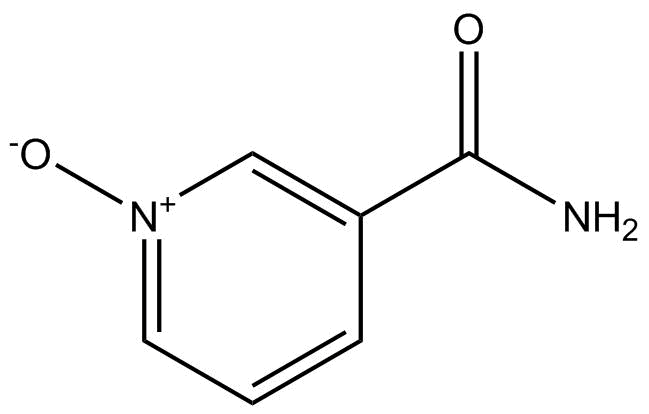 C6736 Nicotinamide N-oxide
C6736 Nicotinamide N-oxide -
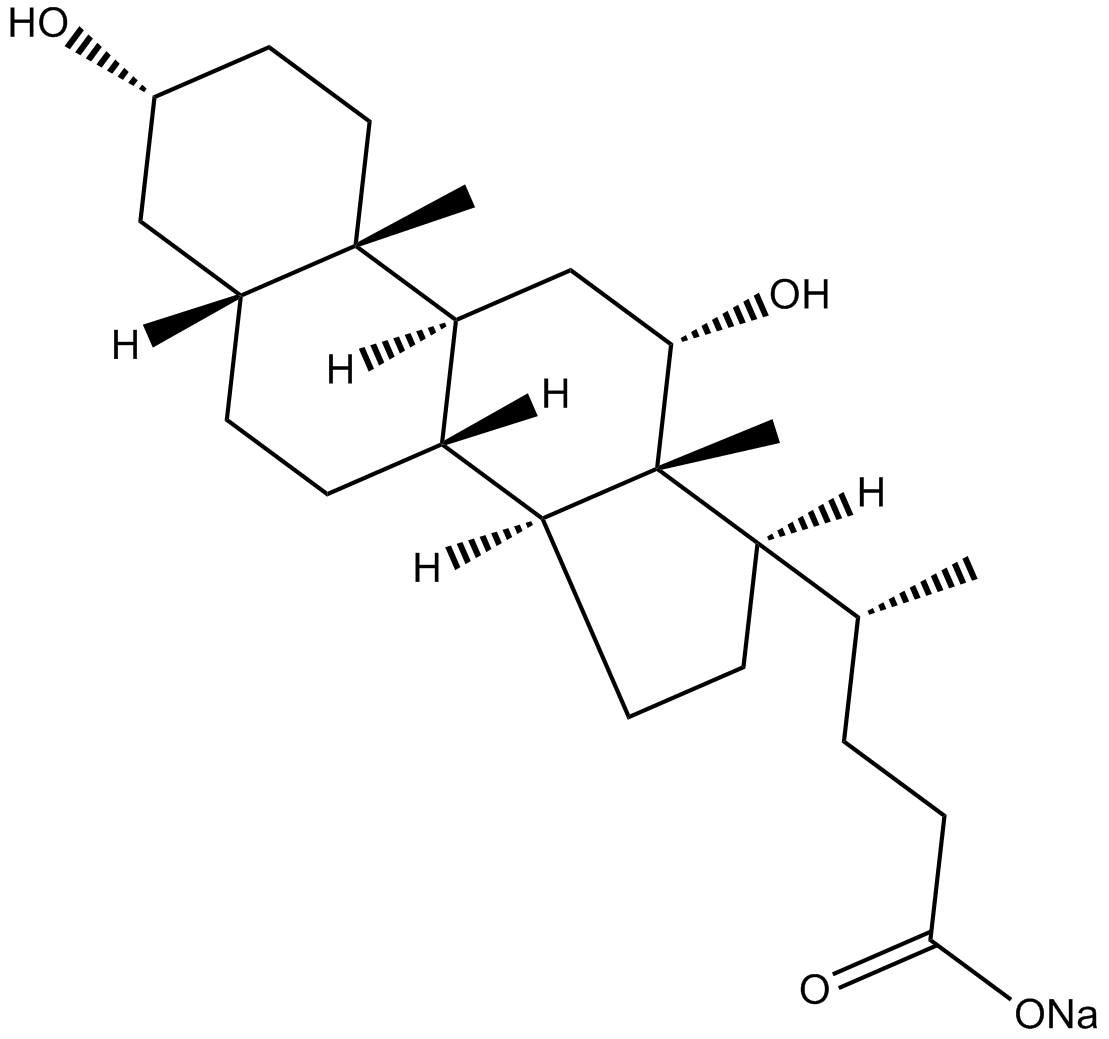 C6885 Deoxycholic acid sodium salt
C6885 Deoxycholic acid sodium salt -
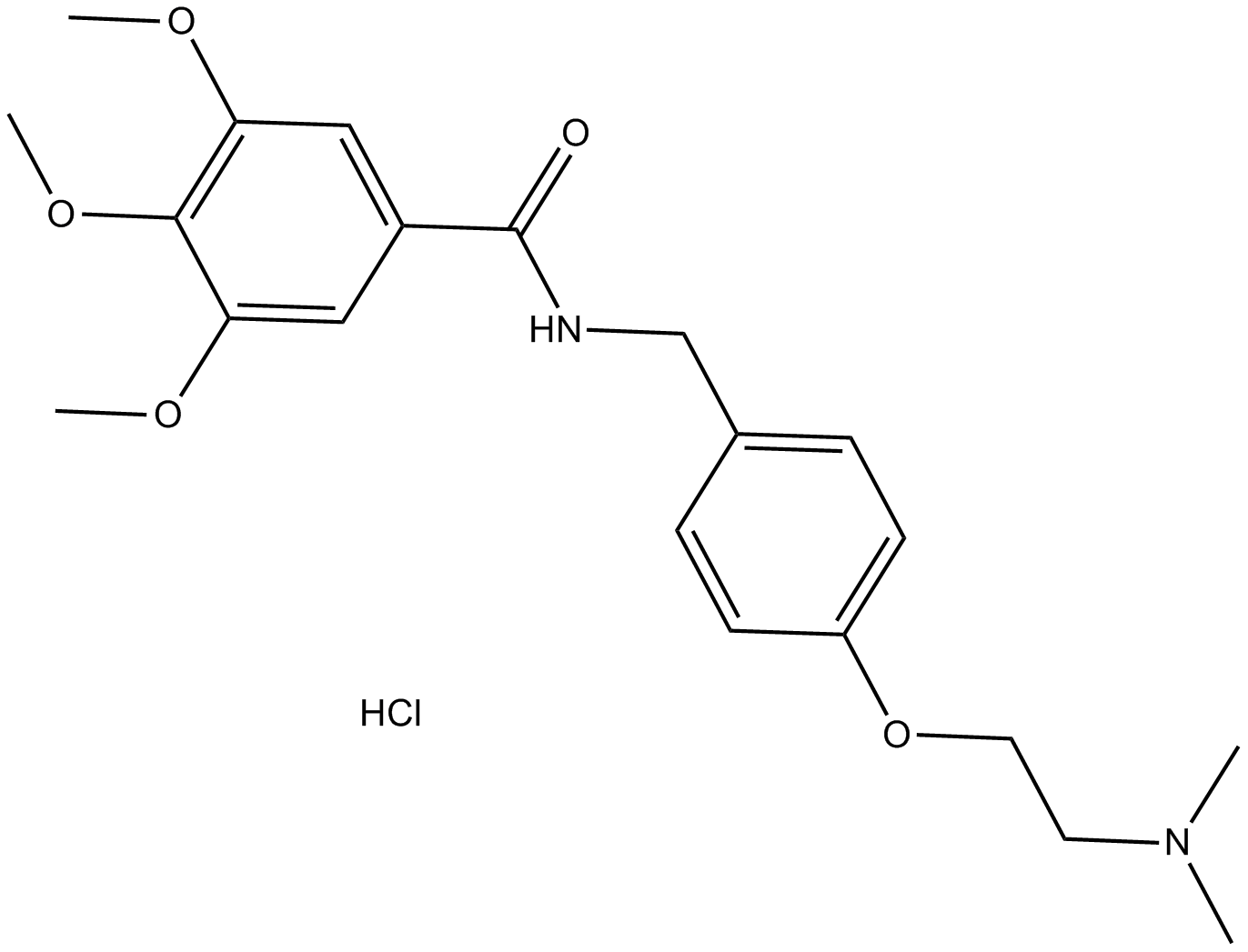 C6974 Trimethobenzamide hydrochloride
C6974 Trimethobenzamide hydrochloride -
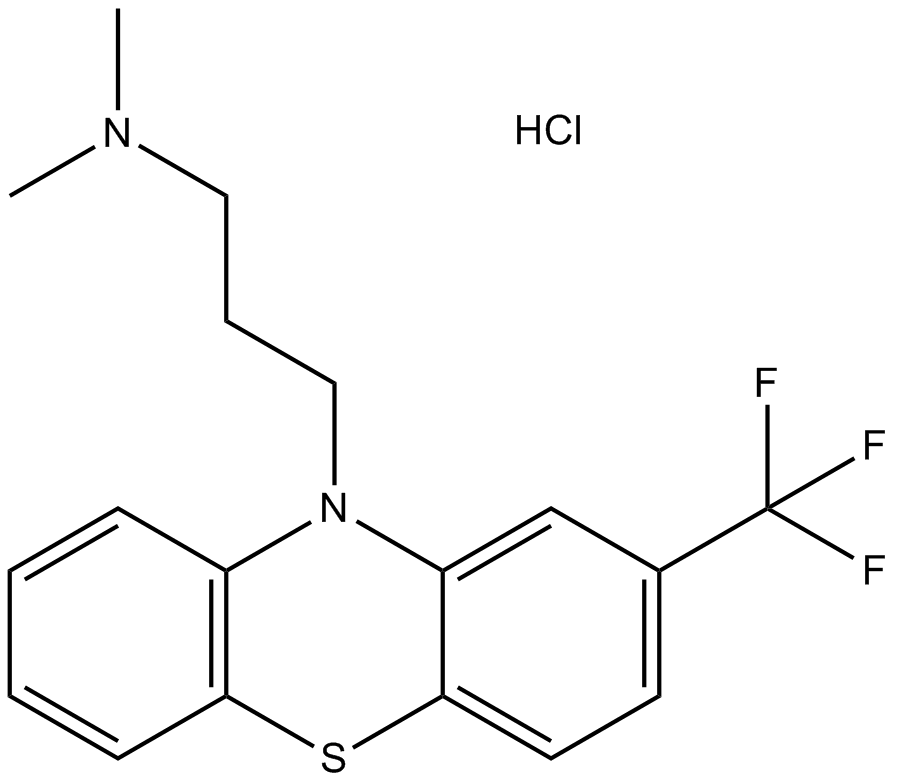 C7040 Triflupromazine hydrochloride
C7040 Triflupromazine hydrochloride -
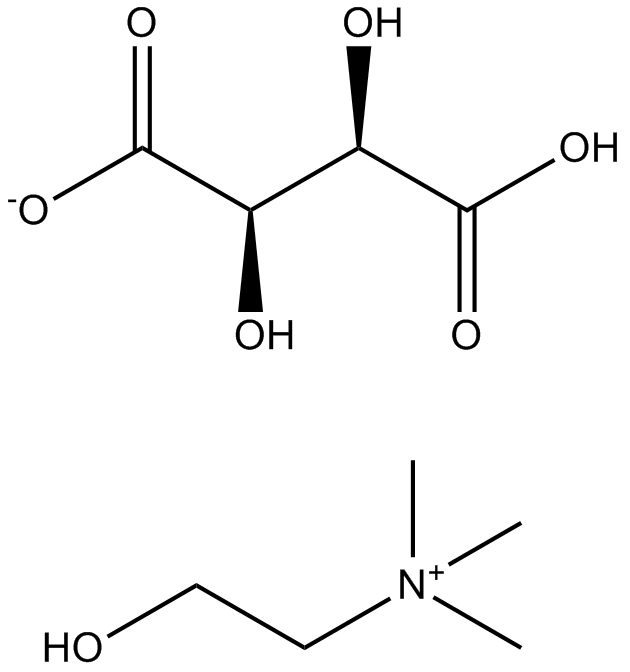 C7093 Choline bitartrate
C7093 Choline bitartrate -
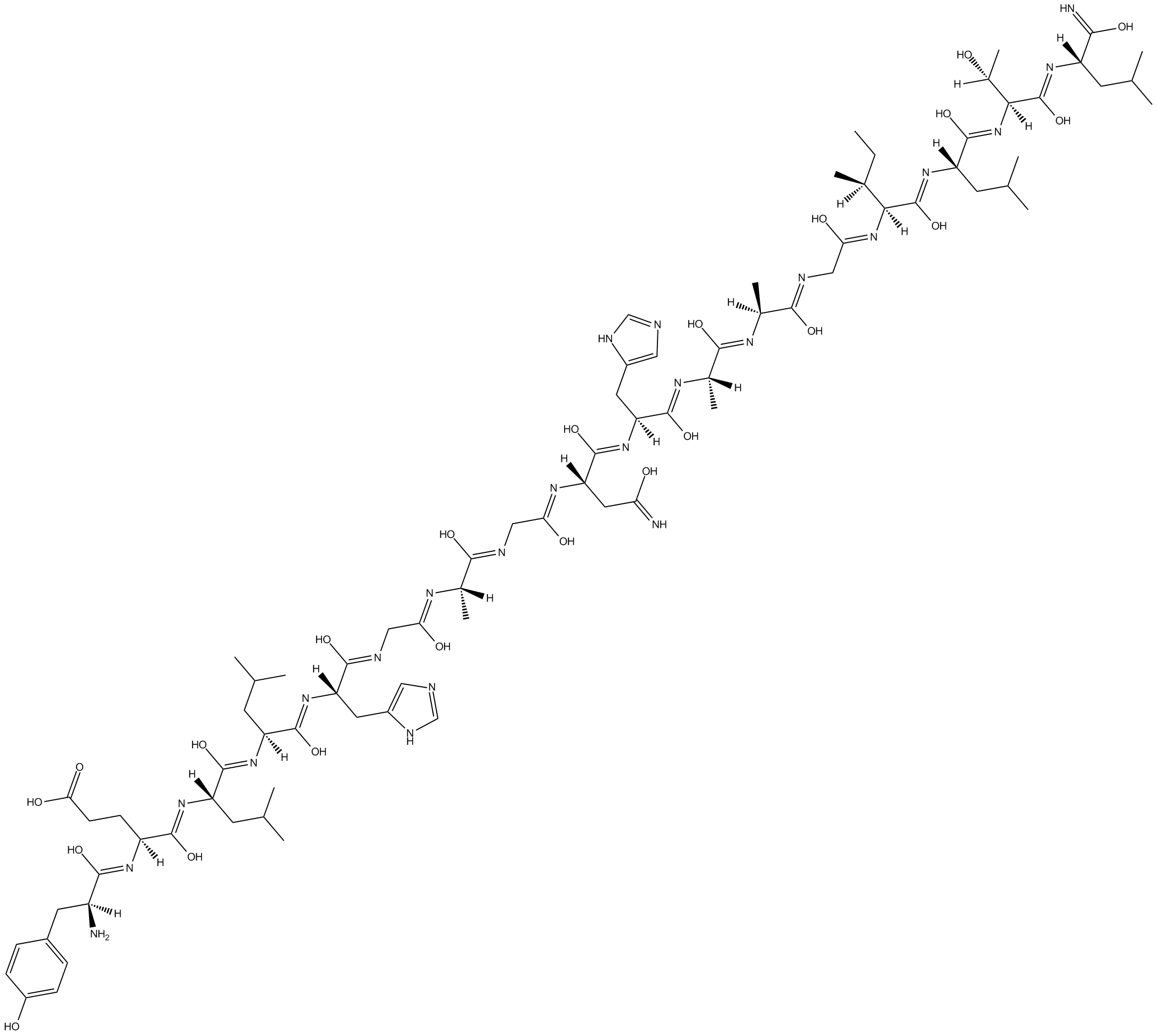 B5808 OXA (17-33)Summary: orexin OX1 receptor agonist
B5808 OXA (17-33)Summary: orexin OX1 receptor agonist -
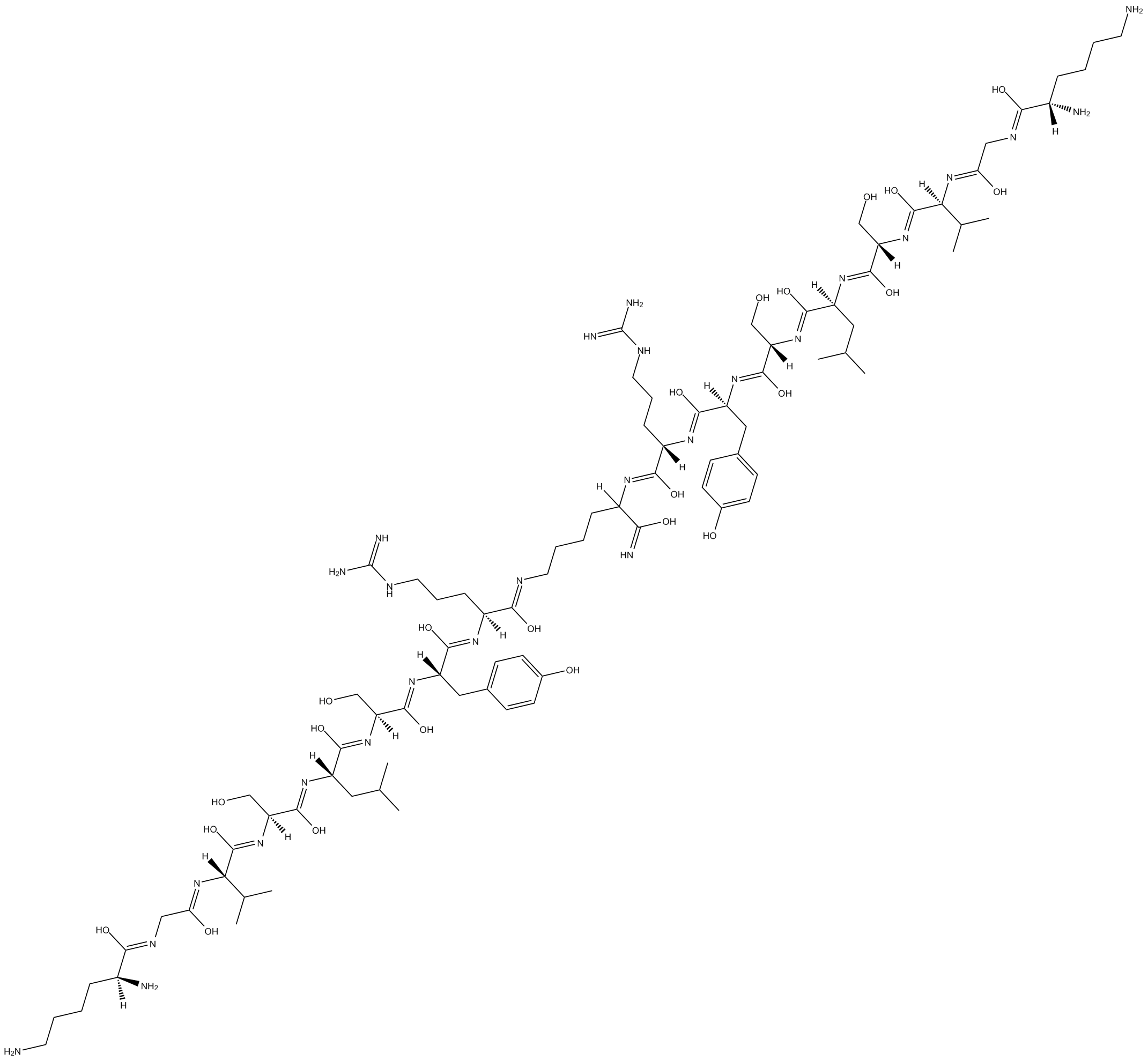 B5810 CTCE 9908Summary: CXCR4 antagonist
B5810 CTCE 9908Summary: CXCR4 antagonist -
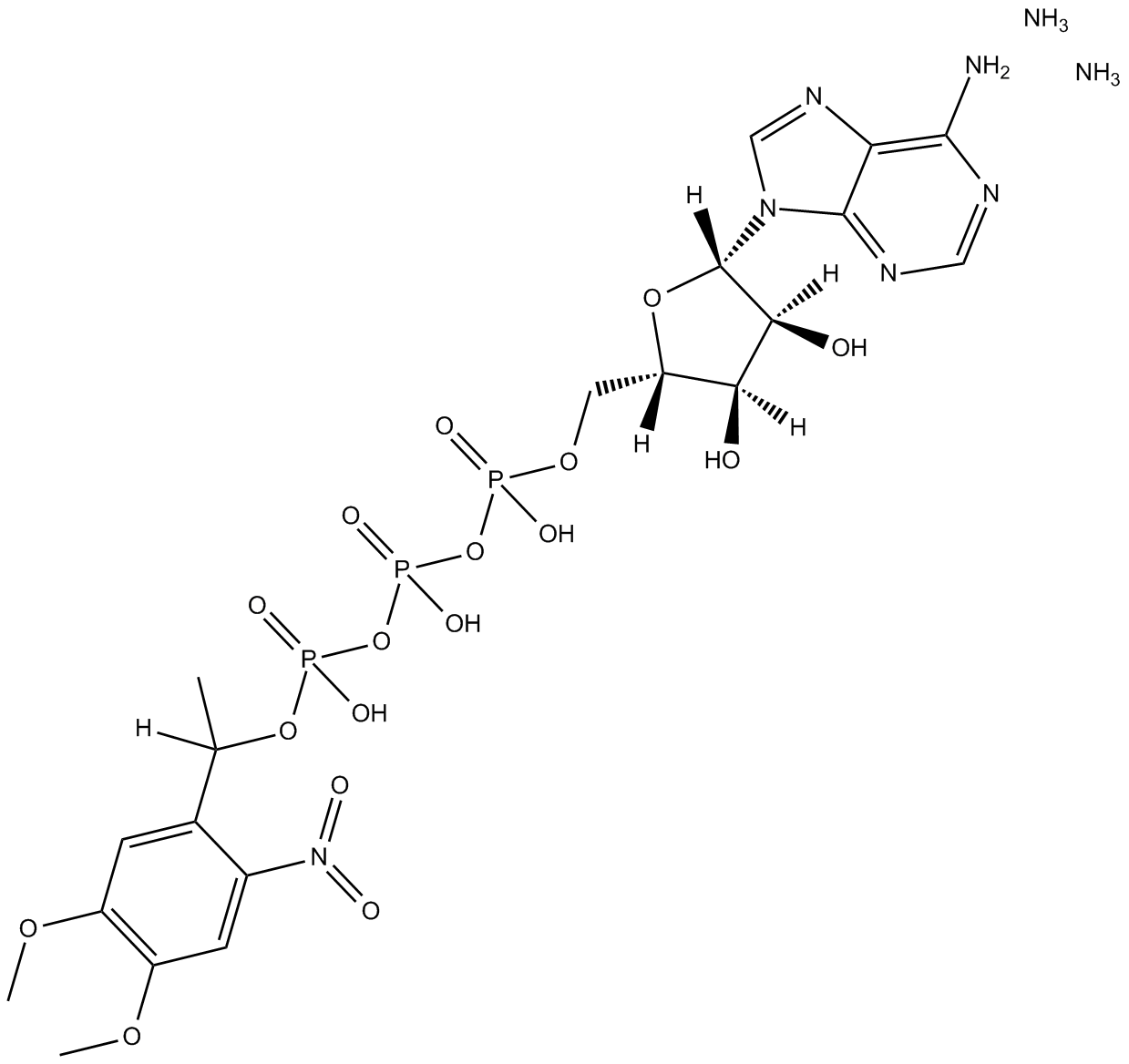 B5813 DMNPE-caged ATP diammonium saltSummary: DMNPE-caged ATP
B5813 DMNPE-caged ATP diammonium saltSummary: DMNPE-caged ATP -
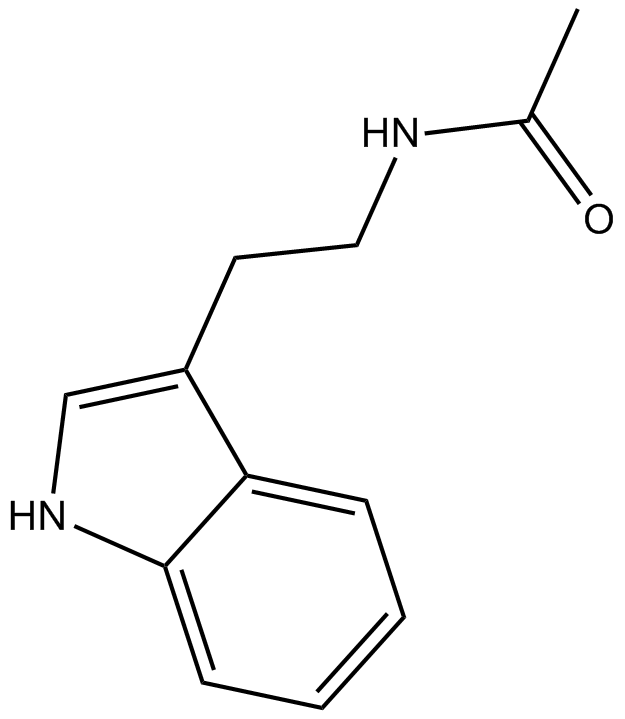 B6274 N-AcetyltryptamineTarget: Melatonin ReceptorsSummary: melatonin receptor modulator
B6274 N-AcetyltryptamineTarget: Melatonin ReceptorsSummary: melatonin receptor modulator -
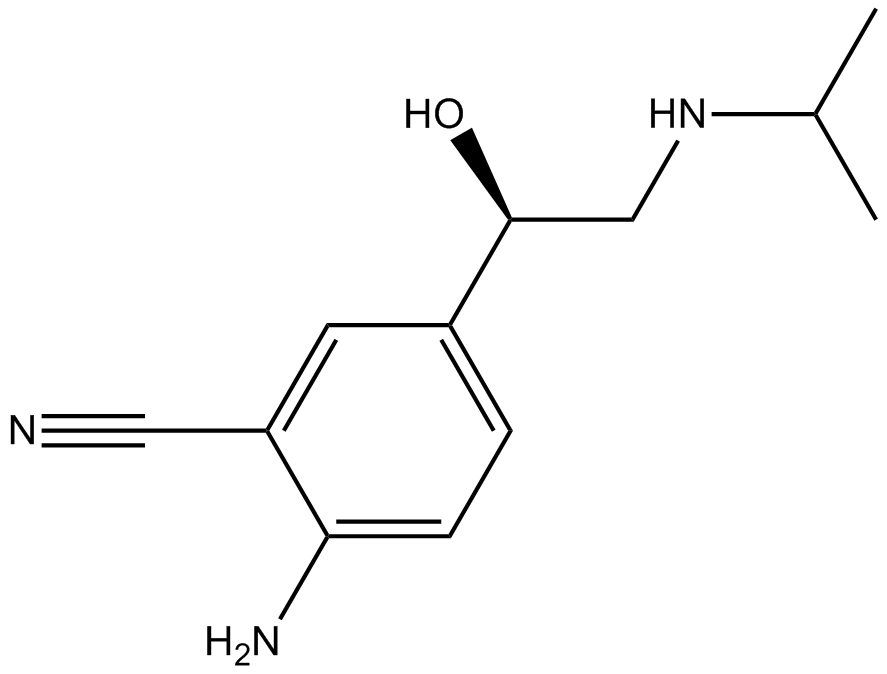 B6303 CimaterolSummary: β-Adrenergic agonist
B6303 CimaterolSummary: β-Adrenergic agonist

